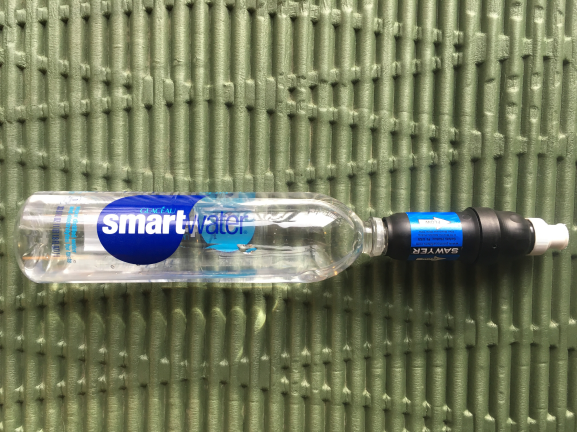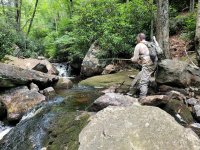JeremyW
Active member
Hey there I'd like to share my current favorite pairing for hiking in for a day of trout fishing in the mountains. I've tried a number of pack options, but here's what I've found is most efficient for me.
First the backpack: https://www.rei.com/product/168484/rei-co-op-trail-25-pack-men
Having the pair allows one to set down the pack, hit a few holes with the hip pack with little equipment in your way. I approach these mountain streams with a variety of "poses". Sometimes I'm actually sitting down casting, or hugging a rock to avoid being seen so a chest pack in my experience is not quite as nimble. I do have the umpqua chest pack, which I like for larger rivers but it doesn't have the capacity I want for a day hike 3-5 miles into the woods.
First the backpack: https://www.rei.com/product/168484/rei-co-op-trail-25-pack-men
- Good size for a day hike
- Lots of lashing / attachment points
- Water bottle side pockets are easily reached without taking off the pack
- Optionally carry trekking poles on the back of the pack (1 pole a must IMO)
- Small storage, but plenty for an afternoon. Fit's well into the above pack.
- Having the fly patch is nice to dock flies in the woods
- Zinger spots well thought out
- Forceps location out of the way
- It works well as a hip pack or rmini sling
Having the pair allows one to set down the pack, hit a few holes with the hip pack with little equipment in your way. I approach these mountain streams with a variety of "poses". Sometimes I'm actually sitting down casting, or hugging a rock to avoid being seen so a chest pack in my experience is not quite as nimble. I do have the umpqua chest pack, which I like for larger rivers but it doesn't have the capacity I want for a day hike 3-5 miles into the woods.







